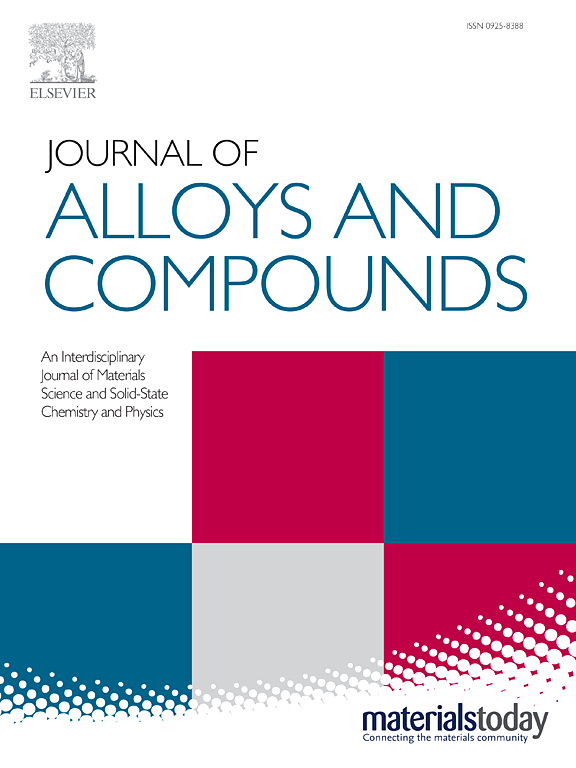Microstructure and properties of C/C-ZrC-CuNi composites prepared by a PIP method using inorganic salt as a precursor
IF 5.8
2区 材料科学
Q2 CHEMISTRY, PHYSICAL
引用次数: 0
Abstract
To develop active thermal protection for ultra-high temperature ceramics, C/C-ZrC-CuNi composites were fabricated using a PIP method. This study systematically studied the influence of CuNi alloy content on the microstructure, mechanical properties, thermal conductivity, and ablation resistance of the composites. The incorporation of CuNi alloy significantly enhanced the sintering of the ZrC-C matrix, resulting in improved densification of the composites. Furthermore, the presence of CuNi alloy promoted the graphitization of the carbon matrix, thereby enhancing the thermal conductivity. The composites with the highest CuNi alloy content (ZCN4 sample) exhibited the greatest density(2.26 g/cm3) and thermal conductivity(32.3 W/m·k), along with superior ablation resistance, with mass and line ablation rates of 2.09 mg/s and 2.06 μm/s. This enhanced ablation resistance can be primarily attributed to the sweating cooling effect of the CuNi alloy, which effectively reduces the ablation temperature. Additionally, the formation of Cu2O and NiO during ablation acts as sintering aids, facilitating the development of a compact ZrO2 scale that resists flame erosion. The increased thermal conductivity of the composite further mitigates the temperature rise on the ablation surface.求助全文
约1分钟内获得全文
求助全文
来源期刊

Journal of Alloys and Compounds
工程技术-材料科学:综合
CiteScore
11.10
自引率
14.50%
发文量
5146
审稿时长
67 days
期刊介绍:
The Journal of Alloys and Compounds is intended to serve as an international medium for the publication of work on solid materials comprising compounds as well as alloys. Its great strength lies in the diversity of discipline which it encompasses, drawing together results from materials science, solid-state chemistry and physics.
 求助内容:
求助内容: 应助结果提醒方式:
应助结果提醒方式:


